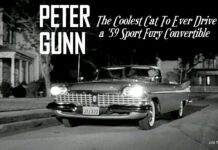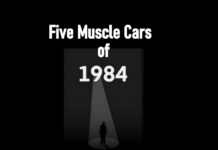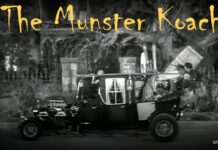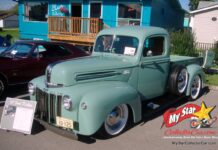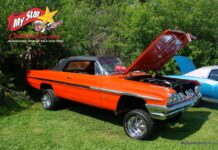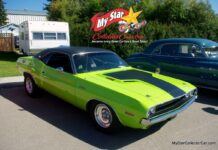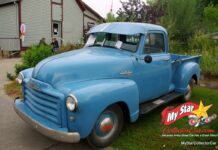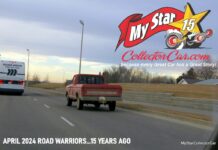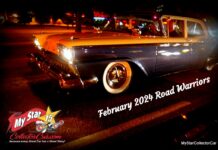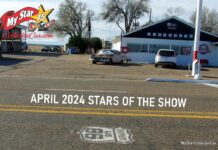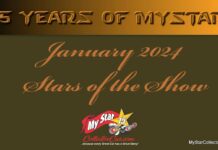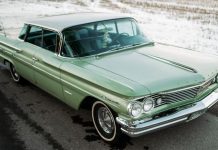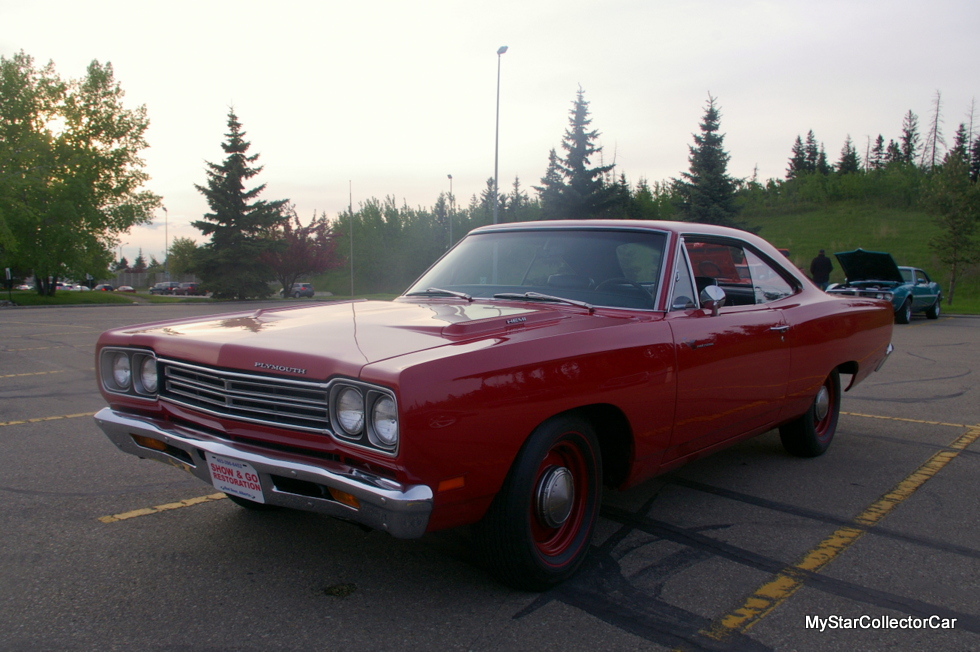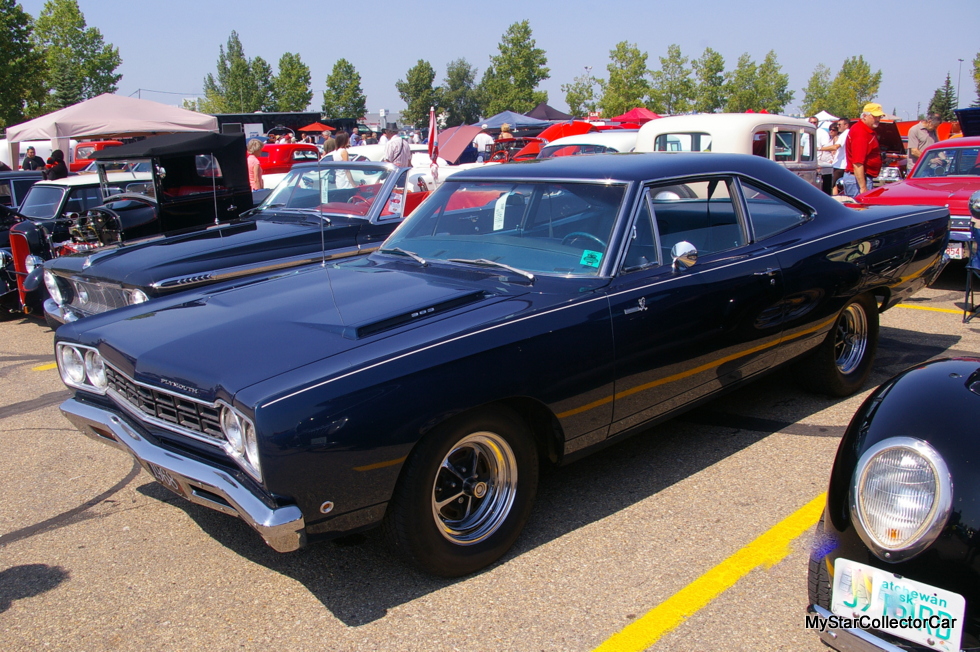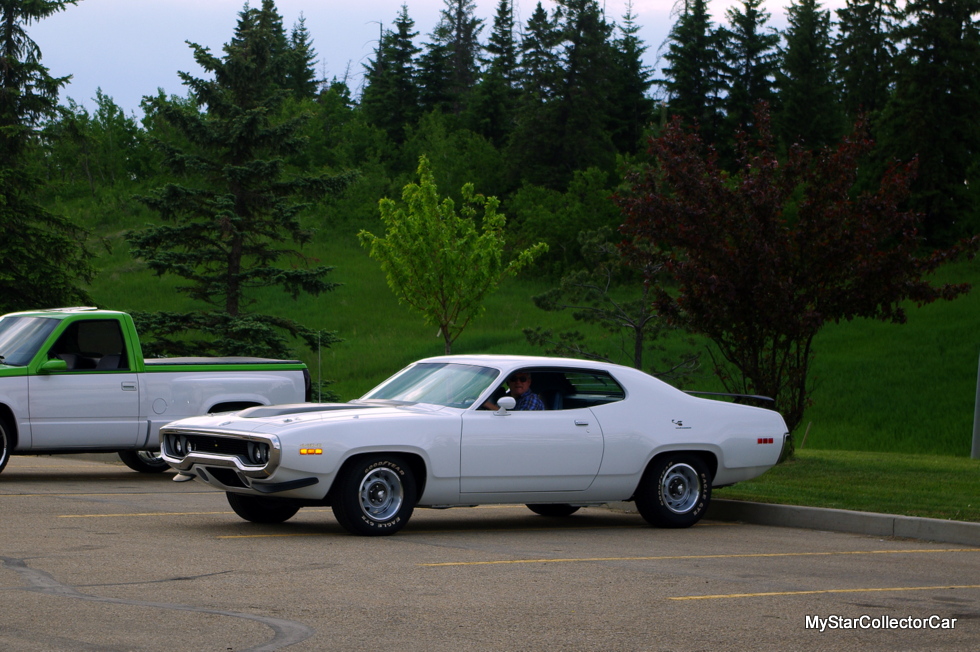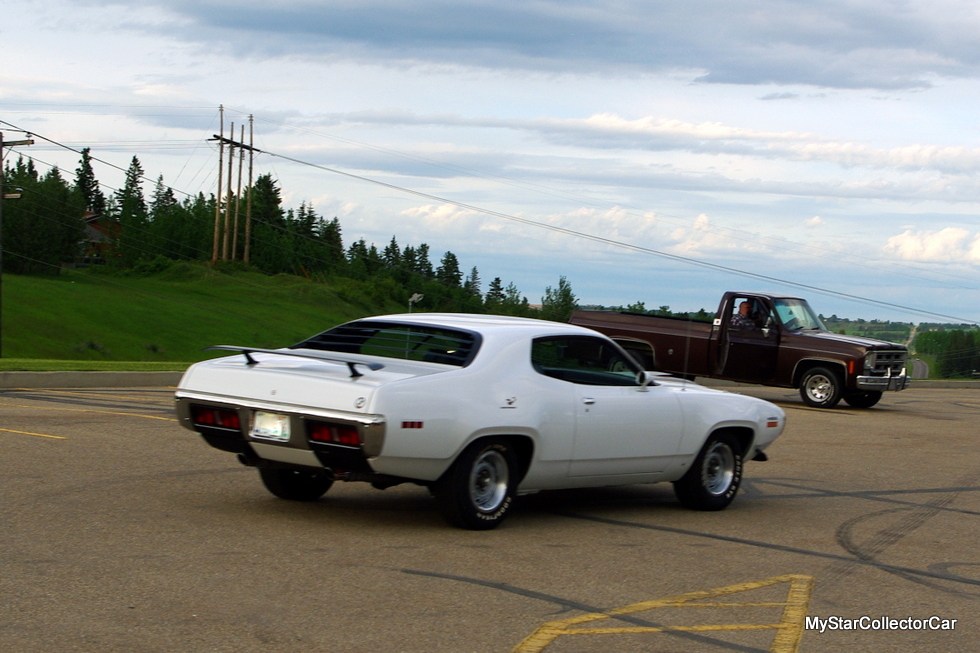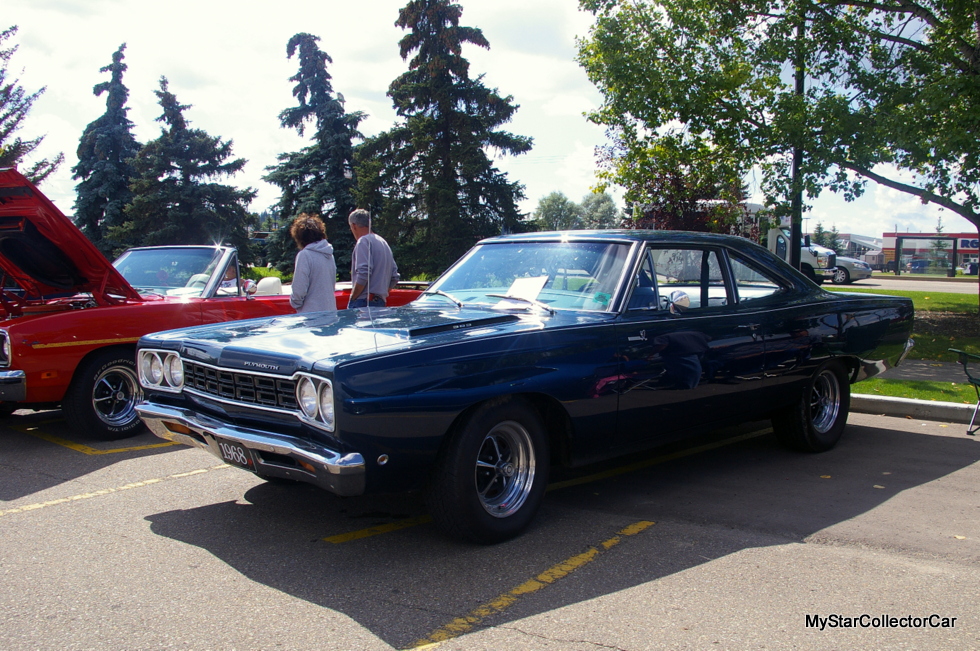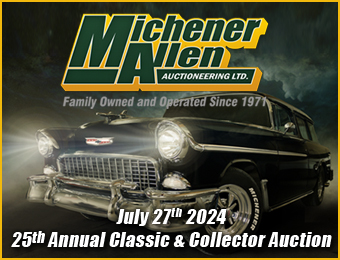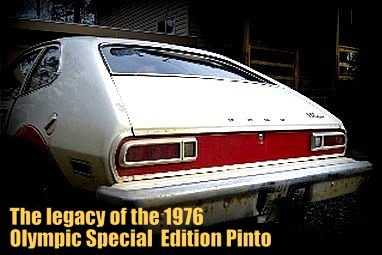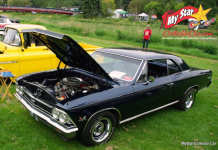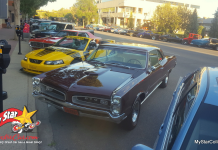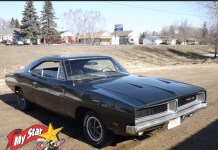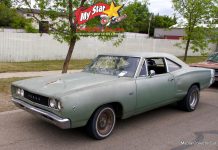The debut of the Plymouth Road Runner was a watershed moment for car guys in the late 60s.
The first-gen ‘Runner was a lightning in an affordable bottle because it offered big block power in a discount no-frills package.
‘In 1968, an 18-year-old car buyer could buy a muscle car that was well within his budget and well beyond his driving skills in most cases-the Plymouth Road Runner.’
The boys at Chrysler hit a home run when they took a mild-mannered intermediate like the Plymouth Belvedere and gave it a serious attitude adjustment in 1968. The 1969 Road Runner was essentially a clone of the ’68, with a few minor differences between the two models.
One of the subtle differences was the transition from round side marker lights on ‘68 Mopars to rectangular side marker lights on the ’69 Mopar models. This subtle difference will make any car guy a Mopar expert for the two years in question-unless the owner has filled in the side marker lights in pursuit of a cleaner custom look.
The debut of the 1970s meant all US car manufacturers were faced with the task of major facelifts to mark the turn of the decade. For example, the debut of the 1970 Chevelle marked a huge visual departure from the 1969 Chevelle.
Plymouth held back massive changes with their 1970 Road Runner and instead gave an altered version of the basic 1968-69 model. The ’70 Road Runner is much easier to identify as something other than its older ‘Runner predecessors because of its distinctive front grille and rear taillight assembly, but the car shares an overall body shape that was very similar to the ’68-69 models.
Chrysler wanted to introduce an updated look for the 1970 Road Runner to celebrate the new decade and missed the party by one year.
The 1971 Plymouth Road Runner was a major departure from the 1970 in body style and it marked an entirely new direction for Mopar.
The ’71 Road Runner had a distinctively new look because of its more rounded body style and wrap-around front bumper that was a big departure from the slab-sided earlier Road Runners and their late 60s style cues.
Chrysler labeled the new look as their “fuselage design” and noted how the body lines flowed like an airplane from the front of the car to the rear of the car. The new design did improve the handling of the car at high speeds, although the less muscular 383 in the ’71 Road Runner made the car a little slower than its predecessors as it worked its way to the higher speeds.
The upside for a detuned 383 in the ’71 Road Runner was the fact it could now run on regular pump gas and also got a lower insurance rate because of the power drop. The cars still had plenty of horsepower for youthful drivers to get in plenty of trouble, but the threat level definitely dropped a little in 1971.
The early years of the Road Runner were the stuff of legends in car circles.
‘All four of the aforementioned model years contributed to that legend.’
Jerry Sutherland
CLICK HERE to Like us on Facebook
CLICK HERE to Follow us on Twitter
CLICK HERE to Follow us on Pinterest
Please re-post this if you like this article.




